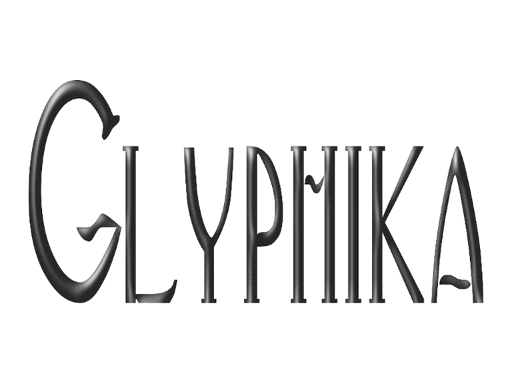Normally this would go in my #Technozi blog and I may well repost it there but I'm here because I want to share some observations and speculations about #hiragana.
Now many textbooks note in a general way that the Hiragana #syllabary sysyem was developed from cursive forms of #kanji but how ?
This diagram shows the kanji at top the cursive form in red and then the hiragana
Lexicographers not being calligraphers or typographic designers don't comment on HOW elegant the process of developing simple forms is !
And the influence of media on form. Hiragana was primarily a script to be used with a BRUSH and written top to bottom and right to left in columns.
HI which is 4 strokes in Kanji becomes one continuous curve likewise Ni and Shi and others
but there seems to have an element of deliberate design too for angular NAI becomes one form NO too!
Traditionally men learnt kanji and kana and used both but hiragana was associated with women
WHY
One of the reasons for the development of kana was explaining and recording sounds both for those learning Japanese and Chinese.
While there was probably several generations of scribes and scholars involved in its development I wonder if at one stage some frustrated woman fed up with having to sneak into a male relatives study and wanting to share what she had learnt with other women played a role in simplifying the forms further?
Whoever worked on the development of hiragana somewhere someone who had studied both kaishu and the cursive scripts was part of a team and given they opted for a syllabic system probably Buddhists familiar with Sanskrit were consulted. Some Japanese Buddhists use a form of written Sanskrit script that can be brushed.
There are no stories claiming one person created hiragana so I think it was a group of experts and interested amateurs over a few generations. Happily for the Japanese they had an eye for form.
The system matched Japanese sounds so well only a few have dropped out of usage because the sounds they represent are not used in modern speech.
A few symbols have been added such as the side stroke used to mark the differences between ka and ga or s and zo sounds and the symbol used to indicate a final nasal in a syllable but over all given hiragana's been in use for nearly 1500 years ... think about that and consider the differences between the earliest Greek and Roman alphabets and modern Roman ABC scripts and letter forms !









